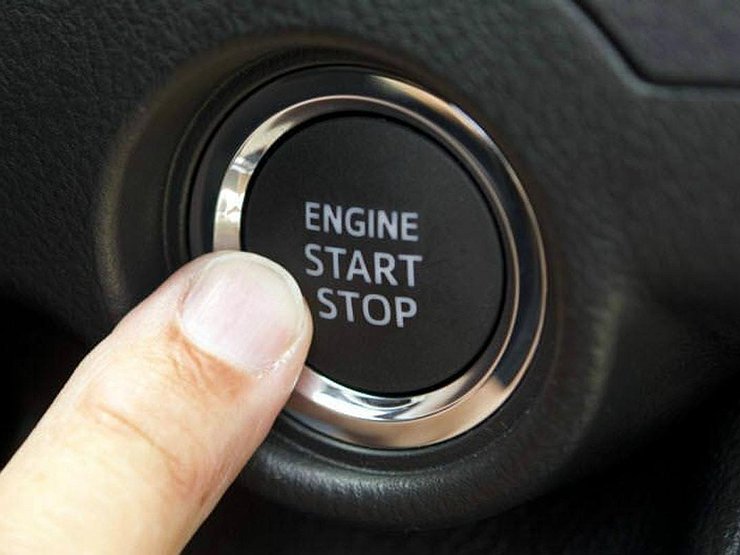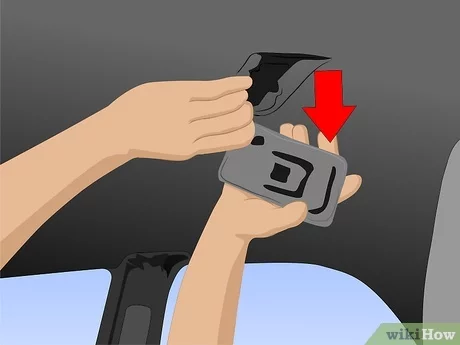
Do's and Don'ts when starting a car
Content
Knowing how to start a car is a skill that all drivers should have. Always ground the circuit and connect the connecting cables to the appropriate terminals.
No matter what car you have, you may eventually need to get it running. While jumping over a car is fairly easy, it can be a little dangerous if you don't take basic precautions.
If certain battery problems cause your car to lose battery power (such as a battery leak), you should have it repaired or replaced. Best advice: If you're not sure what you're doing, call a professional as you could seriously damage your car as well as the other vehicle you're using to start.
Everything you need to know about starting a car
Tools You'll Need
Pair of high quality clean connection cables. Clamps must be free of rust.
Rubber work gloves
A pair of splash-proof polycarbonate goggles designed for automotive repair.
Wire brush
Another vehicle with a fully charged battery of the same voltage as the vehicle being jumped.
What to do when starting a car
Read the user manual before attempting to start. Newer vehicles often have jump start lugs where the cables need to be attached rather than directly to the battery terminals. In addition, some manufacturers do not allow jump start at all, which may void your warranty. Some vehicles require you to take certain precautions, such as removing a fuse or turning on the heater. The user manual should list all precautions to be taken.
Check the battery voltage in the jump vehicle. If they do not match, both vehicles may be seriously damaged.
Park the cars close enough for the cables to reach, but they must not touch.
Turn off the engine in a vehicle with a good battery.
Unplug all accessories (such as mobile phone chargers); the voltage spike caused by starting up can cause them to short out.
Both machines must be in park or neutral with the parking brake applied.
Headlights, radios and direction indicators (including emergency lights) must be turned off in both vehicles.
Before starting the procedure, put on rubber gloves and goggles.
What not to do when starting the car
Never lean over the battery of any vehicle.
Do not smoke while starting the car.
Never start a battery if the fluids are frozen. This may cause an explosion.
If the battery is cracked or leaking, do not jumpstart the vehicle. This may cause an explosion.
Preliminary check
The first thing you should do is find the battery in both cars. In some vehicles, the battery is not in an accessible location in the engine bay and this is where the jump start lugs come into play. If so, look for the ledges.
Once the battery or tips are located, inspect them and make sure you know where the positive and negative terminals are on both batteries. The positive terminal will have a (+) sign along with red wires or a red cap. The negative terminal will have a (-) sign and black wires or a black cap. Connector covers may need to be moved to get to the actual connector.
If the terminals are dirty or corroded, clean them with a wire brush.
Quick car start
To properly start your car, you need to create a circuit that transfers current from a working battery to a dead one. To do this successfully, the cables must be connected in the following order:
Connect one end of the red (positive) jumper cable to the red (+) positive terminal of the discharged car battery.
Connect the other end of the red (positive) jumper cable to the red (+) positive terminal of a fully charged car battery.
Connect one end of the black (negative) jumper cable to the black (-) negative terminal of a fully charged car battery.
Connect the other end of the black (negative) jumper cable to an unpainted metal part of the dead machine, as far away from the battery as possible. This will ground the circuit and help prevent sparking. Connecting to a discharged battery may cause the battery to explode.
Make sure none of the cables are touching any parts of the engine that will move when the engine is started.
The final stage
There are technically two ways to jump start a car:
The safest way: Start the car with a fully charged battery and let it idle for about five to ten minutes to recharge the dead battery. Stop the engine, disconnect the cables in reverse order, and make sure that the cables do not touch, which could cause sparks. Attempting to start a vehicle with a dead battery.
Another way: Start the vehicle with a fully charged battery and let it idle for approximately five to ten minutes to recharge the dead battery. Try to start the car with a dead battery without turning off the fully charged car. If a car with a dead battery refuses to start, let it sit for a few more minutes. If the car with the dead battery still won't start, very carefully connect the red (+) positive cable to the terminal in hopes of a better connection. Try again to start the car. If the car starts, disconnect the cables in the reverse order of their installation, being careful not to let them touch.
Don't forget to thank the person who helped start your car!
A car with a dead battery should run for 30 minutes if possible. This will allow the alternator to fully charge the battery. If your battery continues to drain, contact an AvtoTachki Certified Auto Mechanic to diagnose the problem.

